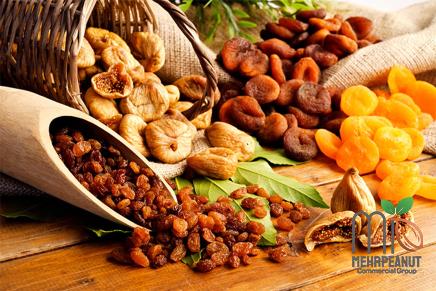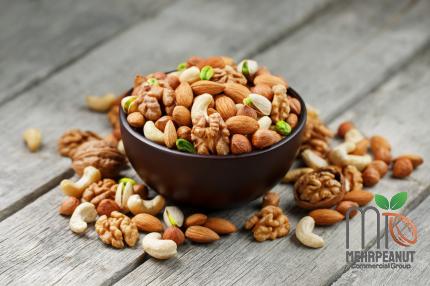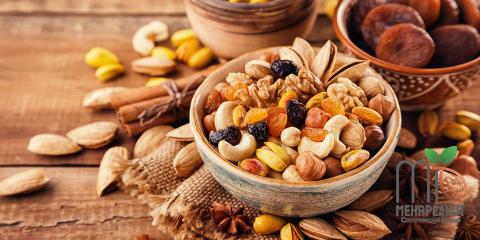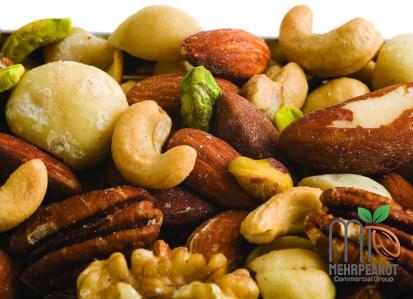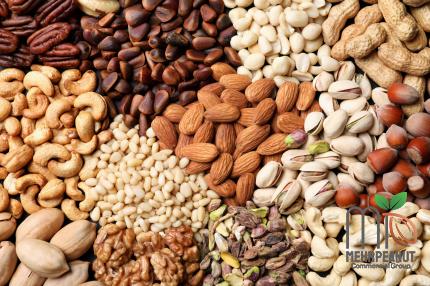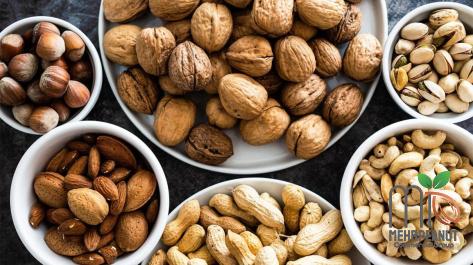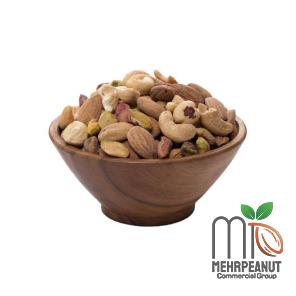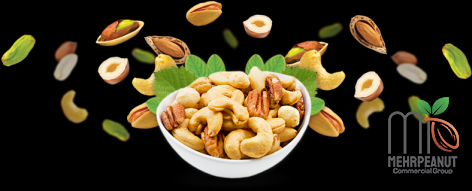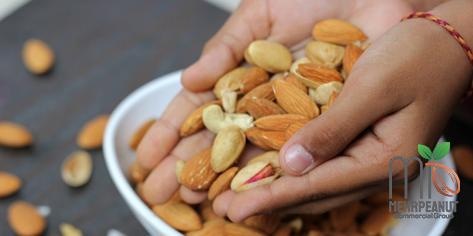Getting to know peanut plant + the exceptional price of buying peanut plant
growing peanut plants needs between three to five months to harvest the legumes
So, it seems an excellent choice for a commercial prospect cause the returns to appear so early
Although they typically thrive in warm climates due to their long growing season, you can try growing peanuts inside
After the last frost in the spring, these annuals are typically started from seed (peanut shells) and harvested in the early fall
Although certain early types only need 100 frost-free days, edible peanuts can be produced in as little as 150 days
Once the seeds are planted, it is crucial to maintain a weed-free and open environment around the peanut plant to ensure the growth of good nails
The plant will send spikes into the ground once it has bloomed and been pollinated
When plants are about a foot tall, a few inches of mulch helps keep weeds in check and maintain the soil moist enough for nails to pierce
Please don’t mess with the pins once you’ve put them in the ground
Even though your plants may have many blossoms, only 15% of them embed a peg into the soil and produce peanuts
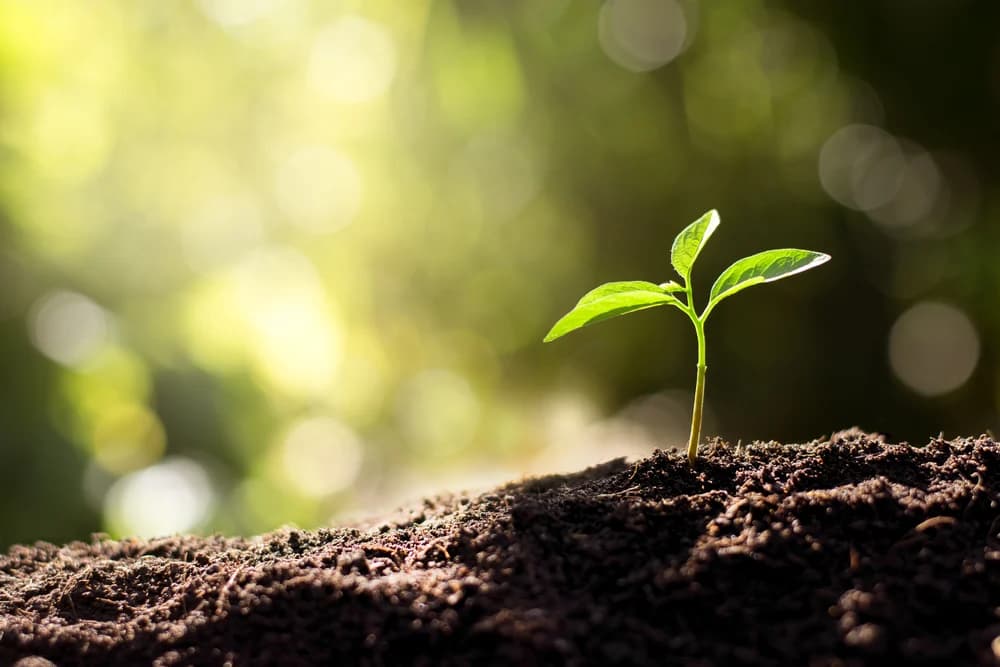
light Every day, peanuts require at least eight hours of direct sunlight
Soil The best soil for growing peanuts is a loose, sandy, well-drained loam
Avoid mud that is dense and inadequately drained
Never plant peanuts in areas where other legumes, such as beans or peas, have previously flourished
Water During the growing season, peanuts require roughly an inch of rain or watering every week
For seedlings to grow and germinate, it is essential to water right away
Water again 60 to 110 days later, when the nails are in the ground and covered in peanut clusters
Ten to two weeks before harvest, stop watering the plants
Avoid soaking the leaves when watering; use drip irrigation whenever possible
Although not saturated, the soil should be wet
Thermodynamics and humidity Growing peanuts need a temperature range of 86 and 93 degrees Fahrenheit
High temperatures may harm the flower
While the plants are growing, a little moisture is acceptable, but a dry weather period is required before harvesting
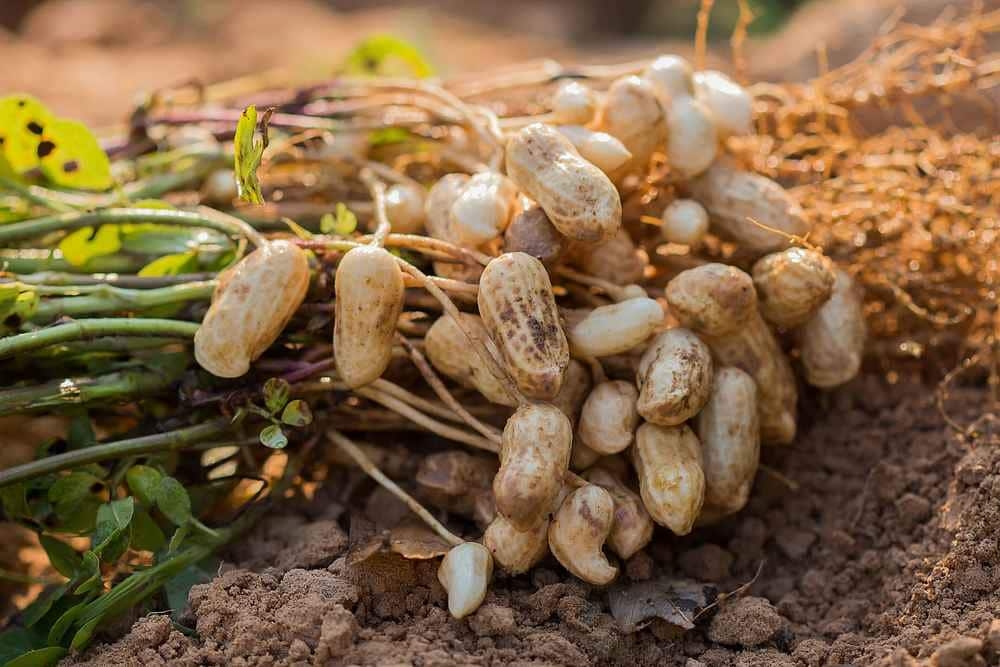
Peanut plant flower
The peanut flower, or Arachis hypogea, is papillary, just like other members of the Butterfly subfamily
This structure is typical of pea flowers
Near the stem’s base, the plant will eventually develop flowers
Each flower has five petals: many flags, two flanks, and a keel comprised of two fused petals
The large banner serves as the flower’s center
The petals encircled nine stamens (androecium) and nine pistils in bloom (gynoecium)
Around six weeks after the seeds begin to germinate, the peanut plant will develop flowers that resemble peas and are yellow
The stalks of these blossoms are fleshy
After fertilizing, the blossoms gradually curl inward to permeate the soil and flourish without human assistance
These wedges move laterally as soon as they are planted, eventually accumulating a mass of mature nuts beneath the plant’s canopy (hence the “catacomb” in the botanical name)
Over more than a month, the plants continued to blossom and stabilize while simultaneously expanding into massive bushes
During times of dry weather and when plants have reached the end of their lives, or before the onset of the first frost, plants are dug up, roots and all, and removed
After the earth has been broken up, the peanut plants can be erected with the roots facing upward or dried out in the sun
After a few days, you may go through and pull out the nuts and sort them according to size
Because peanuts bloom and produce pods over a lengthy period, the harvested plants frequently produce nuts in varying states of development
Young peanuts that have not yet reached their full maturity can be boiled in salt water, rubbed with salt, and then consumed as a snack in the same manner as edamame
Nuts of medium size can be kept aside and enjoyed fresh, while larger nuts with a hard shell can be stored for longer

Peanut plant seeds
Peanut seeds have a remarkably similar appearance from beginning to end, so it’s customary to wonder how they are raised
The highlighted point won’t be planted into the ground, provided you remember to remove the chassis beforehand
Growing peanuts yourself is simple and very enjoyable for kids
Select a sunny area that has loose soil and adequate drainage
When the soil temperature reaches 60 F, plant the peanut seeds three weeks after the last frost (16 C)
Additionally, you can hasten seed germination by soaking the seeds in water overnight
Then plant them 4-6 inches (10-15 cm) deep, at a depth of 2 inches (5 cm)
About a week after planting, the seedlings will show signs of life
Over the next month, they will grow slowly
Cover the seedlings with a plastic row cover if you are still worried about frost
Fill a big pot two-thirds full with damp potting soil to begin peanut seeds inside
Place four groundnut seeds on the ground, then add an inch or so of dirt on top of them (2
5 cm)
Move the seeds outside as directed above as the plants begin to sprout
Plant carefully around the plants to loosen the soil once they have grown to 15 cm
The nails are thus more easily penetrated as a result
Next, add a few inches (5 cm) of straw or grass clippings to the top
Regular watering of peanuts is necessary, with 1-2 deep soaks each week
Watering is essential when the pods are 50–100 days after planting and are getting close to the soil surface
When the plants are ready to be harvested, let the soil dry up; otherwise, you will have dozens of ripe and ripe peanuts! To make the most incredible peanut butter you’ve ever tasted, gather the peanuts or beans and roast, boil, or ground them
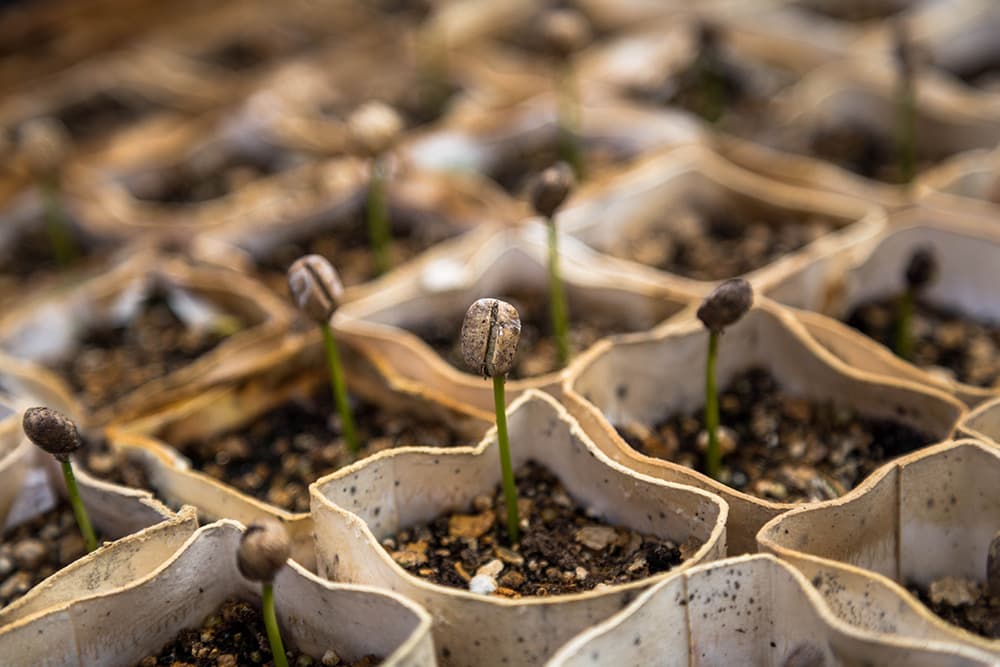
Peanut plant For Sale
If you are looking for sale purposes, Dates between April and late June are ideal for planting, but after June 1, there won’t be enough time for dry peanuts to ripen
During the first week of May, when the weather is still mild and the ground is still wet, peanuts do best in the background
Temperatures in the 68-95 F range are optimal for germination
In shallow sand and heavy clay, plant seeds at a depth of 2 to 3 inches and 1 to 2 inches, respectively
Set five bases in a row’s worth of space
Leave at least 20 inches between rows
Double rows are planted 7 inches apart and 36 inches in the center to maximize efficiency
However, double rows grew 10 to 12 inches apart and have provided better row closure and weed control
If you want uniform germination from your seeds, you must keep the soil moist after planting
South Carolina is known for producing Virginia, Valencia, and Warner peanuts
Each category includes a wide variety of subcategories
Soil type, growing season length, and individual taste are all factors that should be considered while deciding on a cultivar
The Virginia variety is your best bet for blanching and roasting
It is common to refer to these extra-large peanuts as “ballpark peanuts
” High-yielding and delicious Virginia varieties are available
The Valencia cultivar is frequently cooked because of its unique flavor, 3–5 seeds per pod, and gorgeous red seed coat
The Valencia variety is inferior to the Virginia variety in yield and size of kernels
For obvious reasons, runners tend to grow more quickly than other people
Peanuts covered in “peanut butter” tend to be on the smaller side, but they have a fantastic flavor
Two seeds of average size are found in each pod
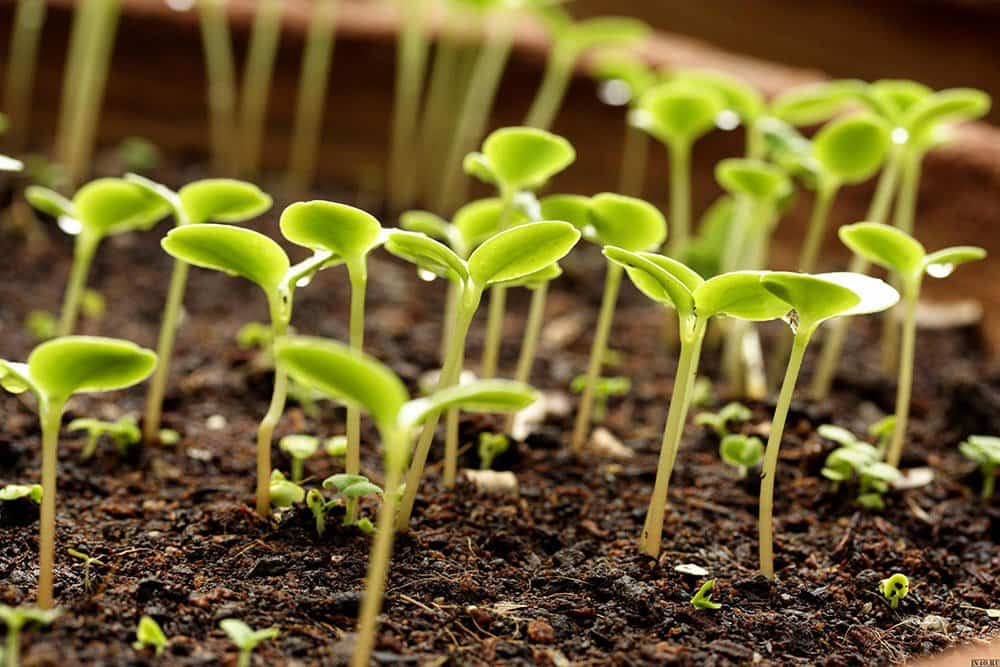
Peanut plants in field
In contrast to other plants, peanuts bear their fruits underground while blooming above ground
Common misunderstandings about peanut growth in the field include the idea that they are cultivated on trees (like walnuts or pecans) or as a component of the root like potatoes
Peanut seeds (tubes) develop into oval plants with 18-inch-long, green leaves covered in little, delicate blooms all around the base of the plant
The colors self-pollinate and then shed their petals when the fertilized ovary starts to develop
Growing downward from the plant, the budding ovary, or “spike,” develops into a little stem that reaches the soil
The tips of the spikes, which are rooted in the ground, are where peanut embryos are found
The seeds shift toward the soil’s surface and start to develop into peanuts
The plant keeps growing and flourishing, yielding 40 or more ripe pods
Depending on the variety or cultivar, the growth cycle lasts four to five months from planting to harvest
Its roots organize into units that collect nitrogen from the air, giving soil and plants abundant nutrients
Peanut is a plant that fixes nitrogen
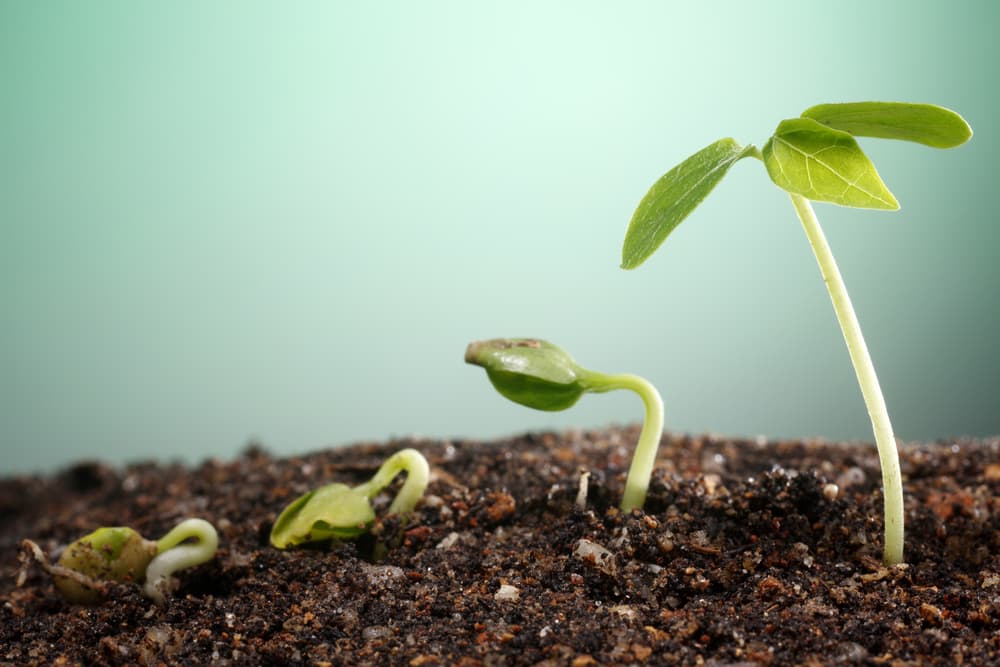
varieties of peanuts There are numerous varieties of peanuts, but there are only four main market types: runner-up, Virginia, Spain, and Valencia
The size, flavor, and nutritional value of each variety of peanut vary
Various “combinations “are utilized for seed and production within each of the four fundamental types of peanuts
Each variety has unique qualities that enable producers to select the best peanut for their locale and market
peanuts Runner The introduction of a new species of the pedicel, Flo runner, in the early 1970s, which significantly boosted the peanut output, led to the snail becoming the dominant species
Runners’ appealing, homogeneous core size led to their rapid popularity by the general public
Peanut butter is produced on 54% of cultivated farms
The central states where runners are grown are Georgia, Alabama, Florida, Texas, and Oklahoma
Charlotte Peanut Virginia produces most of the roasted and processed peanuts in the shell, and its kernels are the largest
The larger grains are offered as a peanut snack after being shelled
Northeastern North Carolina and southeastern Virginia are the primary growing regions for Virginia peanuts
Spanish peanuts Spanish variety peanuts have reddish-brown skin and smaller kernels
They are extensively utilized for snack nuts and peanut butter, as well as primarily in peanut candies
Compared to other varieties of peanuts, it contains more oil, which is advantageous when the oil is crushed
It is mainly grown in Texas and Oklahoma
Venezuelan Peanuts Valencia typically has three or more tiny kernels in a single chamber, each encased with a brilliant red peel
It is roasted, commonly sold in the shell, and is a particularly delicious peanut
They work well when used fresh, like with cooked peanuts
In Valencia, peanuts are primarily produced in New Mexico
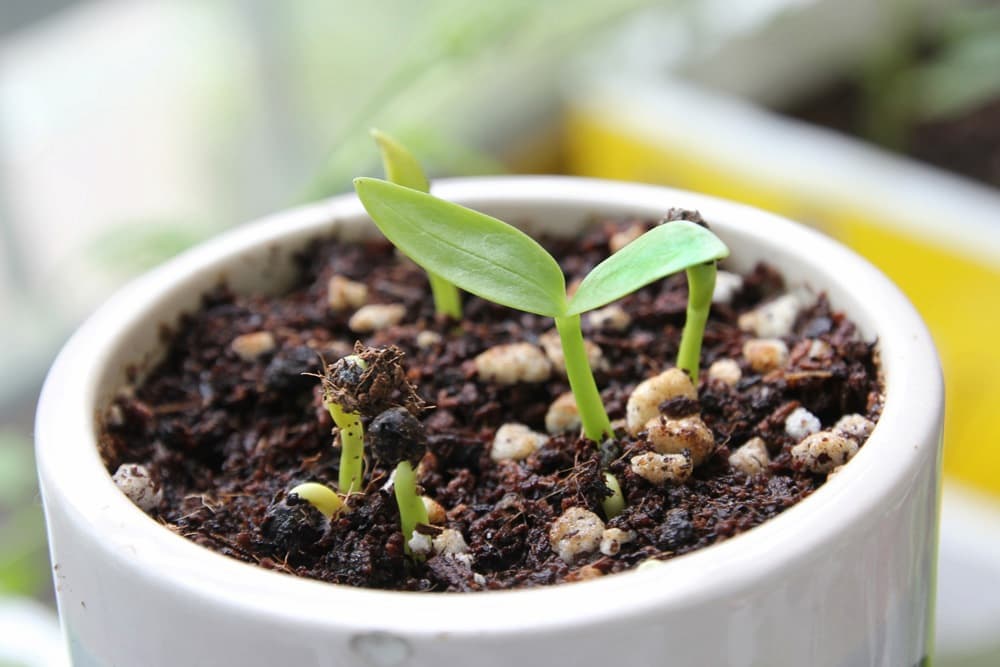
Peanut plant scientific name
Peanut is the primary name, sometimes known as groundnut, and is scientifically known as Arachis hypogaea
They belong to the Fabaceae family of plants, including beans and peas, and are an essential food crop
South America is where this species was first discovered
Although the fruits of the Arachis hypogaea plant are commonly referred to as “nuts” in the culinary context, peanuts, when seen from a botanical perspective, are more accurately classified as legumes or woody pods than as real nuts
At maturity, the ovary wall of a genuine walnut (also known as chestnut or walnut) becomes very hard (rocky or woody), and the fruit does not split cleanly along a clear line
A genuine walnut (also known as walnut or chestnut) is a simple dried fruit that typically contains one and rarely two seeds
The fruit includes sources similar to peanuts in that they may be extracted from the fruit
Nuts are complex ovaries that cannot be disassembled into parts, including seeds and fruits
As they have done with other plant species, human beings have exploited various creations and increased their creativity
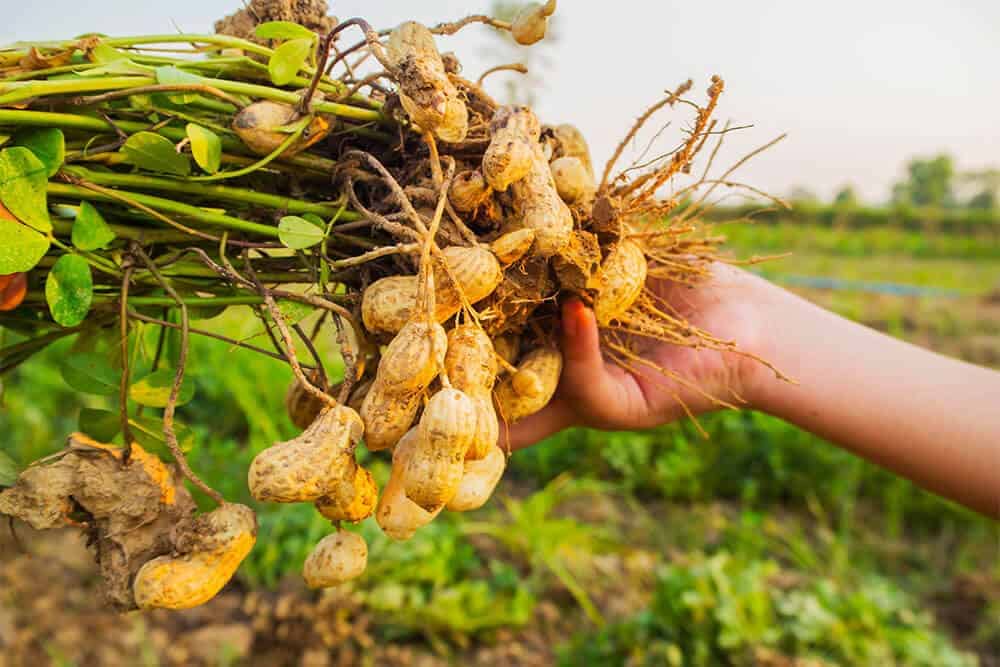
They have developed thousands of unique varieties of peanuts (different types of plants) and many preparations for edible or other purposes method
This is similar to what they have done with other plant species
Arachis hypogaea, like other legumes, have a symbiotic relationship with bacteria that fix nitrogen in the atmosphere
This relationship allows Arachis hypogaea to convert atmospheric nitrogen into a form that plants can use
Farmers have found this trait to help replenish nitrogen in soils that are deficient in nitrogen
Peanuts are also called coconuts, dal, peas, pandas, jack nuts, manila nuts, and monkeys
Other names for peanuts include nuts and manila nuts
